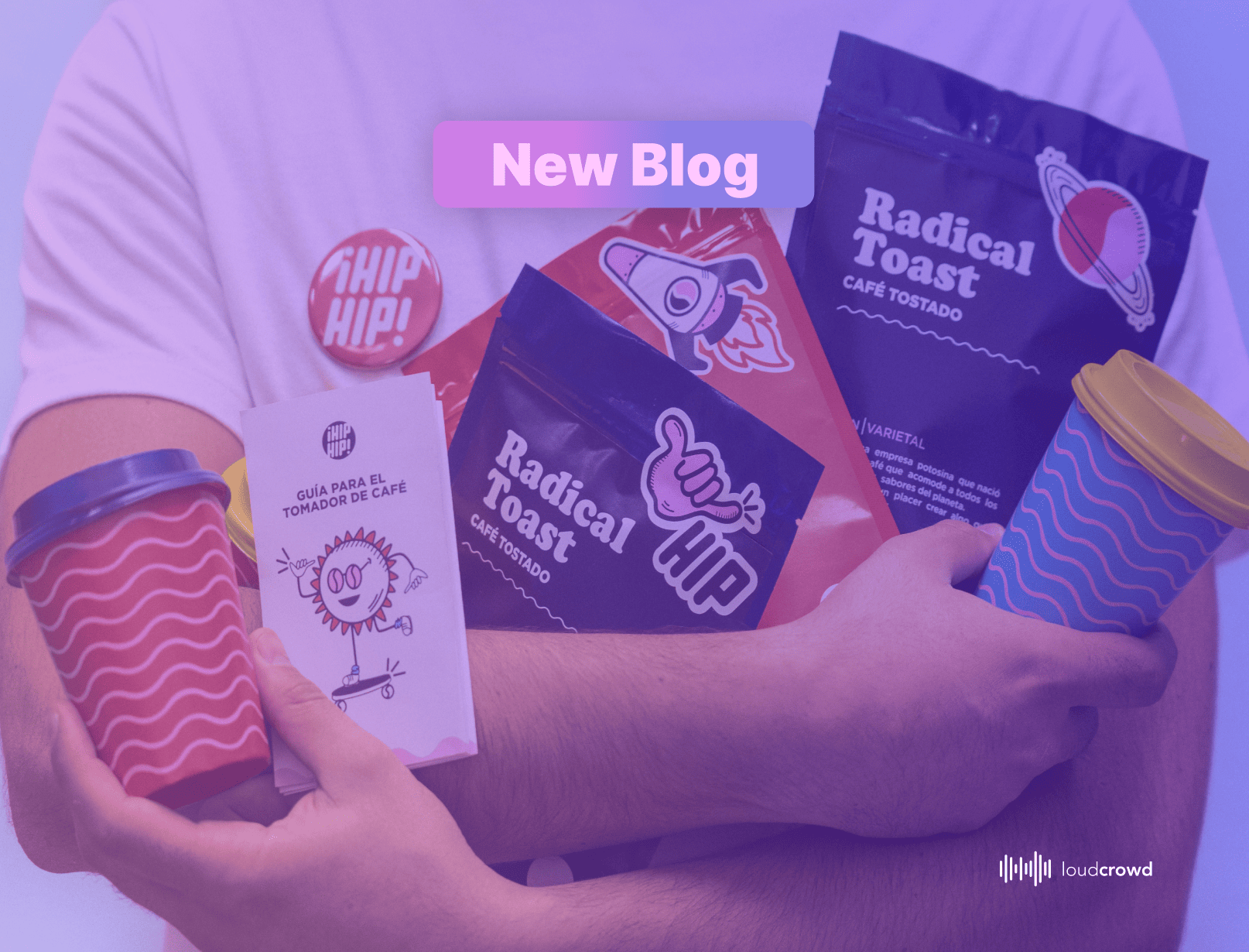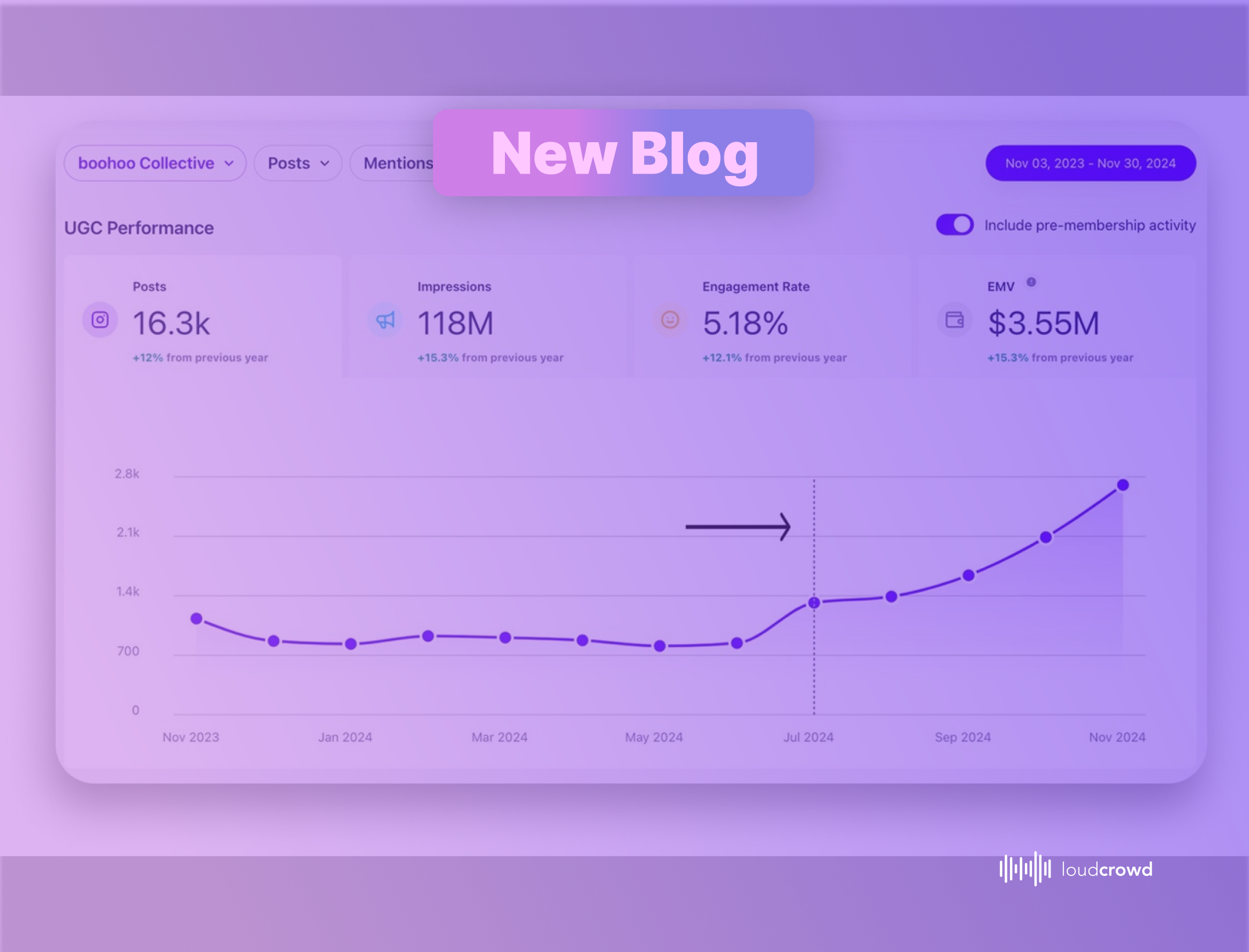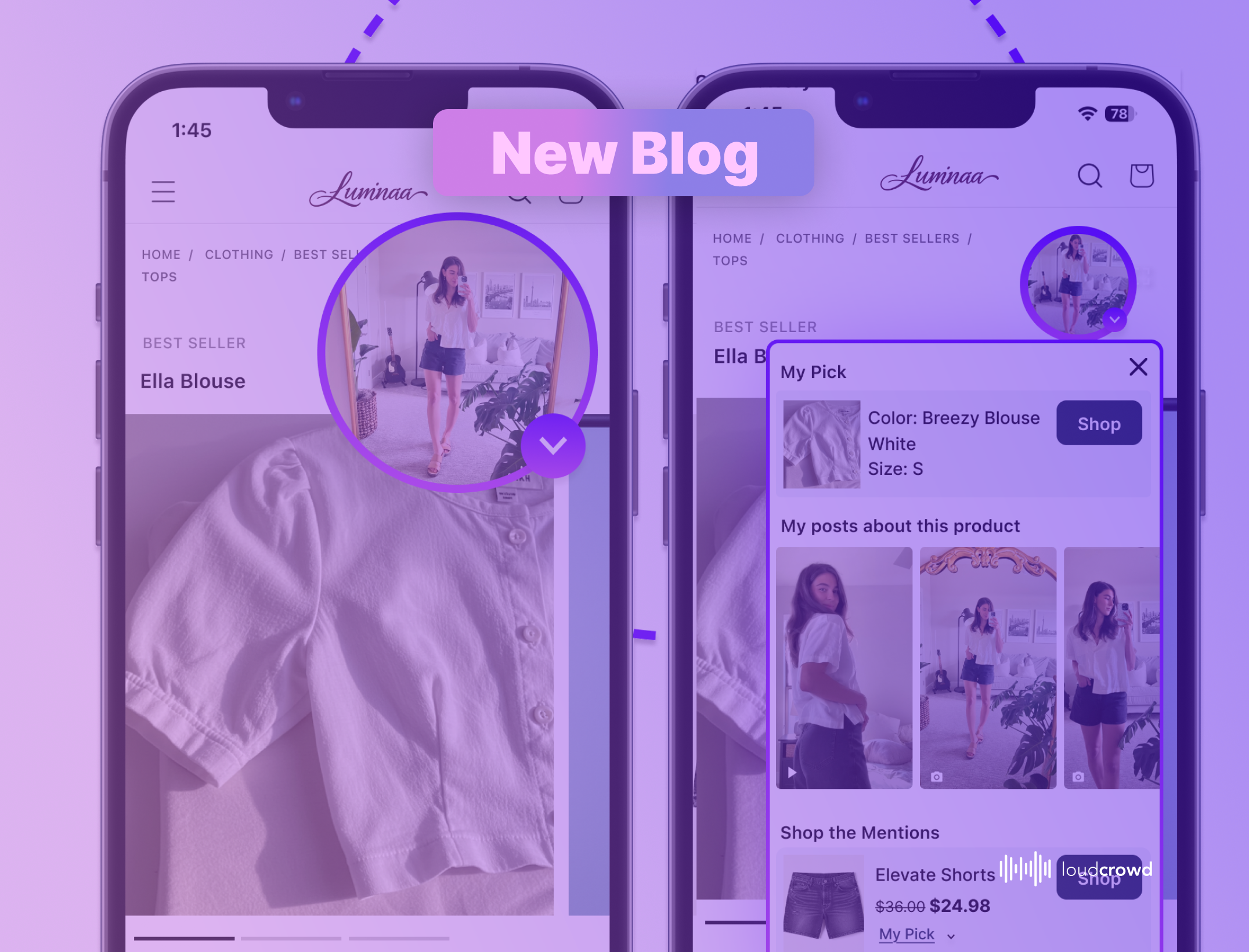Building influencer programs can help brands better leverage social media creators and grow reach through sponsored content and UGC word-of-mouth marketing.
Industry giants like boohoo, Kyte Baby, and PrettyLittleThing have best-in-class marketing strategies when it comes to driving social proof through communities of creators. Their ambassadors and influencers support and represent the vision of the brand’s purpose, goals, and ethos, which raises awareness and sales. At the same time, these brands have grown to become the most respected and influential in their respective niches.

However, starting an influencer strategy from scratch is extremely challenging and expensive. We’ve put together everything you need to know about influencer programs, including affordable examples that are powered by LoudCrowd.
What makes an influencer program?
Running influencer programs means working with content creators to market and sell your brand’s products, typically in exchange for an affiliate commission or other financial incentive.
Brands work with content creators to distribute sponsored or organic content across many different social channels including but not limited to:
- TikTok
- YouTube
- Podcasts (Spotify, Apple, etc.)
- Personal Blogs
Social media and influencer managers on the brand side often develop personal connections with content creators, which drives further collaborations like hosting influencers at public parties, grand openings, and other in-person events.

How much does an influencer program cost?
In general, working with quality content creators is very expensive. After layering in technology costs, legal fees, and more – it becomes even more costly. Here’s what you can expect in total:
Technology Costs
You’ll almost certainly need an influencer or affiliate marketing platform to manage creator relationships and payouts. There are dozens of technology partners on the market. Each have a different set of unique features, offerings, and cost structures.
Enterprise grade plans will range from $100,000 to $1M/yr and SMB plans will go for $6,000 to $36,000/yr.
Choosing the correct influencer and affiliate marketing partner often involves several rounds of evaluations.
In general, market leaders have the following price tags:
| Technology Provider | Expected Cost |
| Grin.co | $$$$$ |
| Impact.com | $$$$$ |
| ShareASale | $$$$ |
| Buzzbassador | $$$ |
| LoudCrowd | $$$ |
Influencer Costs
Influencers accept a variety of payout structures. Surveys show that creators generally prefer a flat pay-per-engagement agreement over a pure affiliate commission model. However, in most cases, the influencer prefers a combination of both.
Flat payouts vary by industry, follower count, and engagement rate. Generally, expect to pay somewhere in the following ranges for influencer content, according to the InfluencerMarketingHub:
| Influencer Type | Follower Count | Cost per Post |
| Nano influencers | 1,000 – 10,0000 | $10 – $100 |
| Micro influencers | 10,000 – 50,000 | $100 – $500 |
| Mid-tier influencers | 50,000 – 500,000 | $500 – $5,000 |
| Macro influencers | 500,000 – 1,000,000 | $5,000 – $10,000 |
| Mega influencers | 1,000,000+ | $10,000+ |
Following the above pay table, your influencer CPM (cost per million impressions) will likely fall between $30 and $50.
Learn more: Measuring influencer impressions, engagement, and ROI with LoudCrowd
When using a commission based approach, influencers expect to make between $15 and $40 per affiliate sale. This amounts to a commission rate between 15-25% for the average brand.
To determine your own commission rate, you can use the following framework:
Commission rate = Take the average commission you want to give a creator per sale / your brand’s average order value
For example, if I am a brand willing to pay $20 per affiliate order, and we have an average order value of $100, then I should set a commission rate of 20%.
$20 / $100 = 20% commission rate
What is the expected ROI on your influencer programs?
Influencer ROI is most commonly measured with two metrics: Earned Media Value (EMV) and affiliate sales.
Earned Media Value (EMV)
EMV is the marketing dollar value generated from the exposure of your brand to a creator’s audience. Using this metric, brands will get a sense of what they may have paid to get the same exposure through paid ads or owned media.
The EMV of an influencer post will be a product of its post type, impressions and engagement rate. The below table presents the average EMV for posts coming from each influencer type:
| Influencer Type | Avg. EMV per Post |
| Nano influencers | $50 – $500 |
| Micro influencers | $500 – $2,500 |
| Mid-tier influencers | $2,500- $25,000 |
| Macro influencers | $25,000 – $50,000 |
| Mega influencers | $50,000+ |
Affiliate Revenue
The amount of measurable affiliate revenue an influencer will generate is highly dependent on several factors.
Affiliate type: You can provide influencers with a trackable affiliate link, discount code, and/or personal influencer storefront. Expect personal creator storefronts on your site to have the highest conversion and drive the most sales, followed by discount codes (i.e. JENNA20), and traditional affiliate links.
Average order value: Consumers are much more likely to convert if your brand offers cheaper products. Hence, the amount of direct revenue your influencer will drive is highly dependent per brand.
Placement: In addition to including their link/code/storefront directly in posts, your influencers can be advertising in places such as their biographies, Linktr.ees, and more. This expectation is often included as part of your agreement with the creator.

What influencers should you recruit?
By creator niche
All creators fall within a particular industry or niche. It’s important to work with several creators that have audiences invested in your brand’s domain. For example, if you’re a home furniture brand, you’ll likely want to work with interior designers, fans, and brand ambassadors.
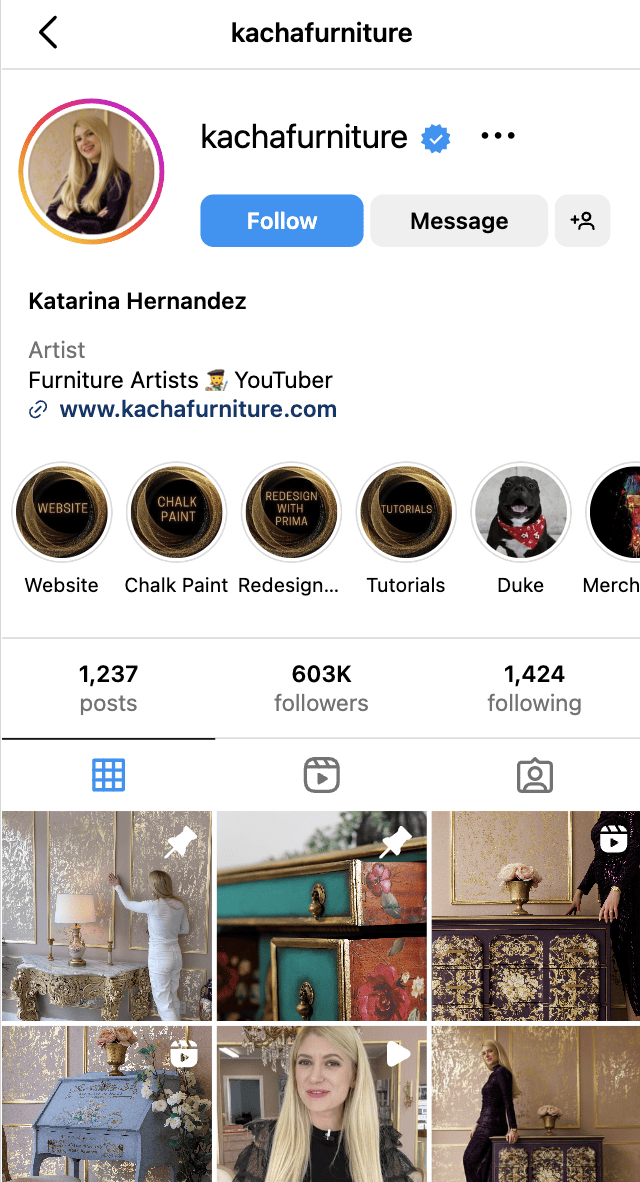
At the same time, it’s also important to work with creators that fall slightly outside of your brand’s scope. This ensures maximum reach of audiences that have a high likelihood of converting to a sale.
By engagement rate
Brands shouldn’t solely look at follower count when determining the effectiveness of an upcoming influencer program. Brand research studies, by LoudCrowd, have shown that content creators with higher engagement rates but lower follower counts drive up to 10x more sales than macro and celebrity influencers.

What are examples of the top (affordable) influencer programs?
Dolce Vita Social Squad
Dolce Vita aimed to acquire more Gen Z customers at a highly efficient customer acquisition cost. They rolled out a creator program that focuses on their existing customer base, while also tapping into the college influencer space, to generate more organic Instagram and TikTok posts.
The goal was to build the program to a meaningful size (+3k influencers) while not adding management costs. At the same time, the influencer’s reward structure needed to prioritize efficient customer acquisition costs.
Dolce Vita launched a fully automated, high scale influencer program that would admit thousands of creators and include incentives for Instagram and TikTok content. They kept the incentives fresh by periodically focusing influencers with contests, and only allowing creators to earn benefits if they made relevant content.

In the first year, the program has generated enormous social lift, resulting in over 2k posts, 11M impressions, and over $350k in EMV. On average, creators generated 11x more content about Dolce Vita after joining the Social Club.
And these milestones were achieved with minimal management, and a team of 2 managing all 3,000+ members.
Hairstory Ambassador Program
To create most organic representation of their brand, Hairstory believes that their most passionate customers should be their sales team. As such, they’ve prioritized building a brand influencer program.
Hairstory partnered with LoudCrowd to build and manage a creator program that was focused on:
- Identifying high quality creators
- Creating a personalized experience for each creator
- Incentivizing positive influencer actions
The goal was to grow this program to a meaningful size (+1k members) without adding management costs. They needed to also build an incentive structure that lowered customer acquisition costs.
Hairstory launched a fully automated influencer program that would target high value creators. The program began with a free product and personalized instructions to leverage the product. The program allows creators to continuously earn rewards and commissions for creating content and generating sales.
To keep the program interesting and engaging for influencers, Hairstory created several workflows:
- Haristory sends out monthly reminder emails to encourage creators to post
- Hairstory runs frequent challenges with influencers to give extra incentives to create content and more chances to earn prizes

In the first year, the program has generated enormous social lift, resulting in 1.9k posts, 8.3M impressions, and over $250k in EMV.
And all of these milestones were achieved with little management, and a team of 2 overseeing and managing all +1,000 members of the program.
Team Bombshell Sportswear
Bombshell’s challenge was to build brand awareness at a lower cost. With the cost of influencer marketing increasing (and leading to scale challenges), Bombshell was looking for a social growth engine that could scale with the brand.
Instead of competing with countless other brands for fashion influencers, Bombshell looked within and decided to empower and engage its customer base of creators. They partnered with LoudCrowd and invited their customer base to join “Team Bombshell” and energized them with content nudges and incentives.
Bombshell built an inclusive creator program that invited all of its customers to be official creators for the brand. They created several tiers of engagement incentives that called for every creator to make Instagram Stories, Reels, and feed posts. Incentives included loyalty points, discounts and site credits.

In total, they were able to get 2,000 members in the first month, and have grown the program to 3,000 members since.
From their 3,000 members, the program has generated enormous social lift, resulting in 22k posts, 70M impressions, and over $1M in EMV.
The costs to generate those posts were miniscule. Using the all-in costs of icentives AND the LoudCrowd platform, program members generated content at a CPM of $.45. That’s roughly a 100x improvement on influencer efficiency, where the average CPM is $30 – $50.
And all of these milestones were achieved with just 1 person overseeing the program and managing all 3,000 members.
boohoo Influencer Programs
boohoo aimed to turn its millions of fashion content oriented customers into representatives of the brand. In particular, boohoo sought out to expand its influence over college campuses through a student creator program.

boohoo also uses its student creator program in an effort to engage its Gen Z audience. They has taken the initiative to invite student influencers to exclusive events to celebrate the launch of new collections. Events give the influencers a space to get to know each other while also generating impactful word-of-mouth marketing and UGC.
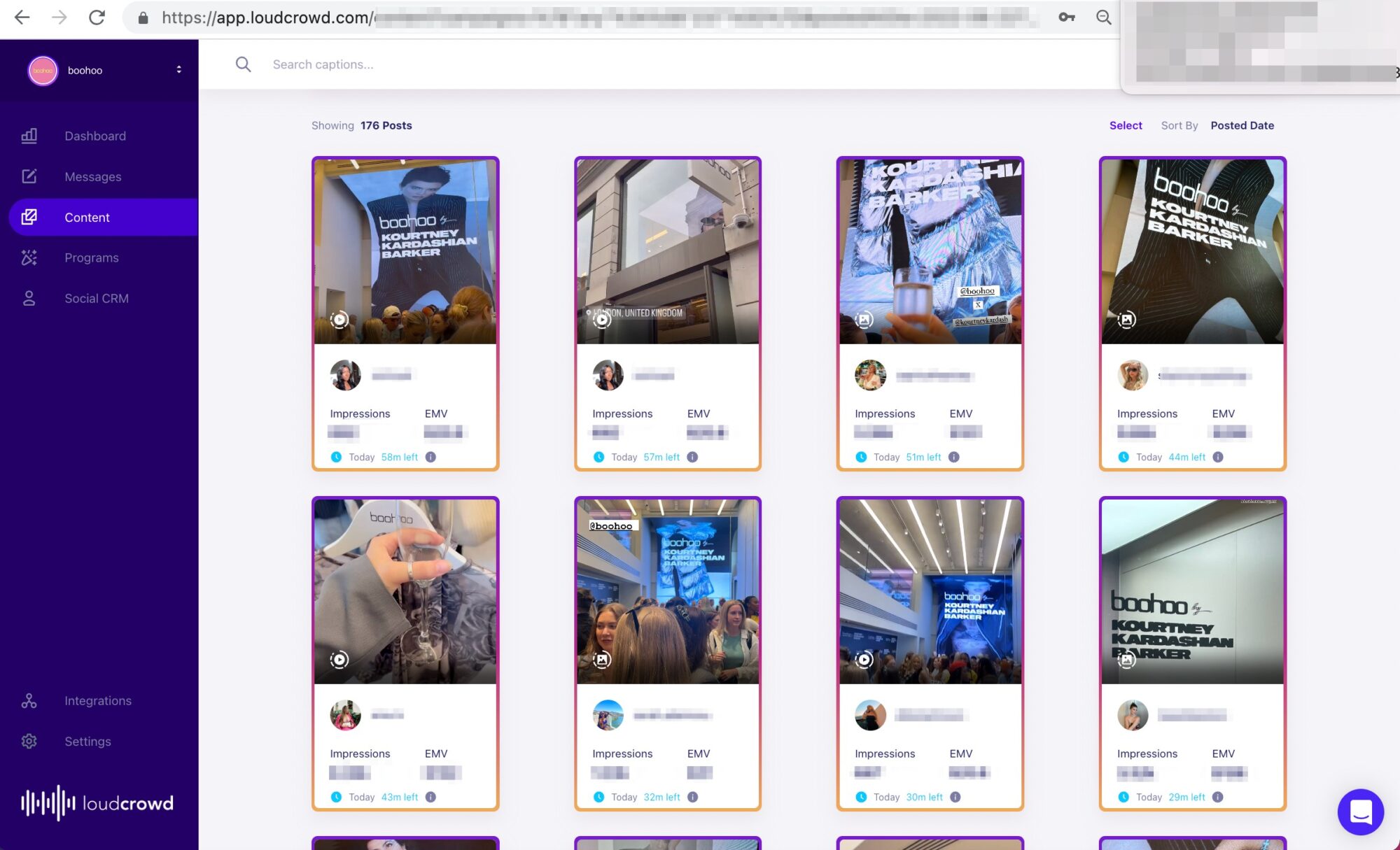
PrettyLittleThing Student Ambassadors
As a rapidly growing brand with hundreds of partnership inquiries per day, PrettyLittleThing sought out a technology solution to manage influencer relationships at scale. At the same time, PrettyLittleThing looked to leverage content creators on campuses to solidify their fashion presence among female college students.
The PrettyLittleThing student ambassador program recruits influencers through social media, their website, and in-person bus tours to large college campuses.

PrettyLittleThing offers influencers a $100 site credit in exchange for 2 Instagram and TikTok posts. To keep influencers engaged, they provide bonus incentives for completing challenges and contests like:
- PLT first day of school outfit showcase
- PLT Halloween
- Galentine’s Day
Conclusion
Influencer programs can completely change the trajectory of your brand if executed properly. The above 5 brand examples, powered by LoudCrowd demonstrates how it can be done without breaking the bank.
Leverage best-in-cass influencer marketing technologies, like LoudCrowd’s Influencer Storefronts and Ambassador Programs, so your brand can stay relevant and drive even more revenue than decades past.
